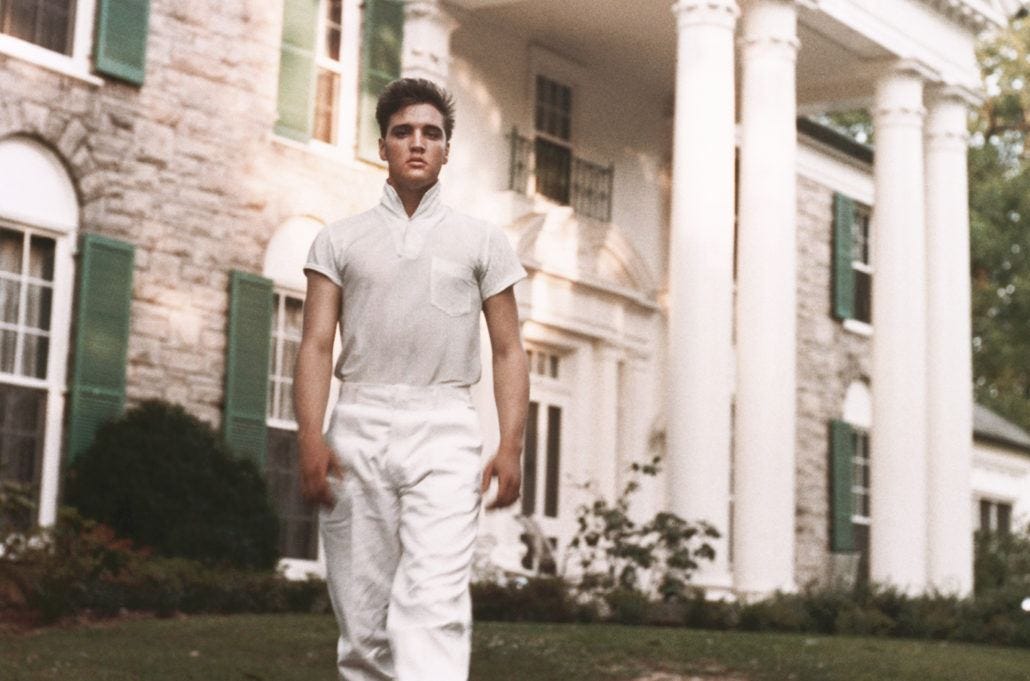4 Lessons on How to Rock ‘n Roll in 2017
If you’re anything like me, you’re tired of hearing people moan about 2016. Trump, Brexit, George Michael – these things have very little impact on people’s day to day lives. Leave all that behind this year, lay a record down, and learn from last century’s greatest art form.

When I was growing up in the early ‘90s, grunge music was all the rage. Bands we…
Keep reading with a 7-day free trial
Subscribe to Chris Waldburger to keep reading this post and get 7 days of free access to the full post archives.
